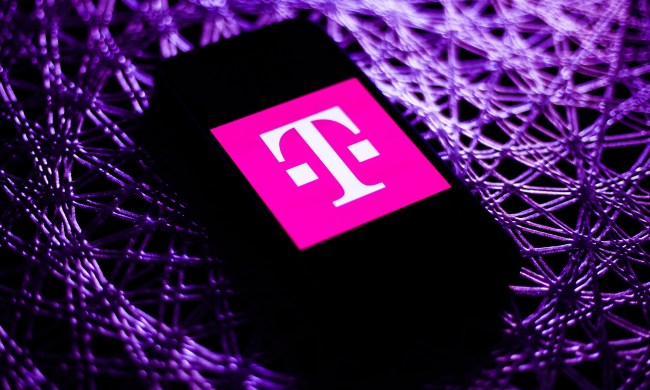
T-Mobile said it will deploy high-brand, high-speed 5G in select areas, but that the low-frequency spectrum it recently acquired — 45 percent of 600 MHz in the U.S. and Puerto Rico, to the tune of $8 billion — would form the bulk of its 5G network. That’s in contrast to its competitors, which have experimented with high-frequency spectrum that can deliver speedy — but geographically constrained — 5G coverage.
“This positions T-Mobile to deliver a 5G network that offers both breadth and depth nationwide,” T-Mobile chief technology officer Neville Ray said in a blog post.
For the most part, Verizon, AT&T, and others have turned to “millimeter wave” technology, which transmits over airwaves with narrower-than-average wavelengths. They occupy frequencies in the 30 to 300 GHz range — high enough to avoid interference from surrounding signals, but too high to pass through solid barriers like walls, concrete, or even the leaves of trees.
Those limitations have carriers like Verizon investing in “fixed” 5G — high-speed wireless meant to deliver broadband in the home, rather than to mobile phones.
T-Mobile’s 600 Hz spectrum won’t deliver the speeds the competition can achieve, but it will cover a broader swath of the country. And it will have access to the airwaves as soon as this year, which could give it a further advantage.
“We’re going to run at it and run hard,” Ray told USA Today in an interview. “We’re saying that you’re going to see it at T-Mobile first.”
T-Mobile is far from the only one chasing 5G. Verizon announced 5G trials in 11 U.S. markets this year, following a partnership with Samsung, Qualcomm, and others that saw 5G routers installed in homes.
And AT&T said it will begin streaming DirecTV over 5G to some residential customers, and recently announced “5G Evolution,” a series of high-speed connectivity trials in 20 major cities.
In its announcement on Tuesday, T-Mobile sought to emphasize 5G’s other benefits.
“We expect to see a whole class of new applications and solutions that will be built for nationwide 5G,” Ray said in a statement. 5G’s low latency could help self-driving cars exchange sensor data and Internet of Things (IoT) devices save battery. Virtual and augmented reality stand to benefit from its reliability. “[Today’s] applications will just work better and faster,” Ray added.



